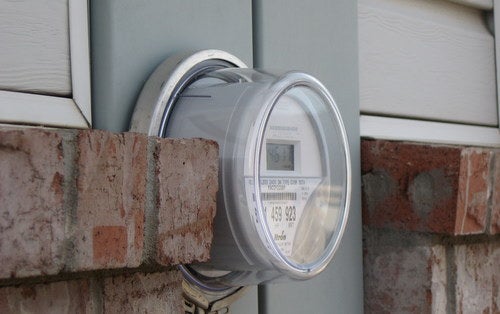 On April 1, Illinois’ largest utilities, ComEd and Ameren Illinois (Ameren), updated their plans to launch one of the nation’s largest electrical grid upgrades, a $3.2 billion project that will set the stage in Illinois for how utilities and customers interact in the future. The ComEd and Ameren plans provide new detail on how they intend to replace the aging Illinois grid and begin to transform it into a digital smart grid capable of monitoring customer and environmental benefits. EDF and Citizens Utility Board (CUB) teamed up with both utilities to create twenty new benchmarking metrics that will measure how the utilities deliver benefits to consumers and improve their performance annually.
On April 1, Illinois’ largest utilities, ComEd and Ameren Illinois (Ameren), updated their plans to launch one of the nation’s largest electrical grid upgrades, a $3.2 billion project that will set the stage in Illinois for how utilities and customers interact in the future. The ComEd and Ameren plans provide new detail on how they intend to replace the aging Illinois grid and begin to transform it into a digital smart grid capable of monitoring customer and environmental benefits. EDF and Citizens Utility Board (CUB) teamed up with both utilities to create twenty new benchmarking metrics that will measure how the utilities deliver benefits to consumers and improve their performance annually.
To elaborate, such metrics include reductions in peak energy demand, increased adoption of renewable energy, such as solar power, wide-spread implementation of smart energy devices and diminished greenhouse gas (GHG) emissions, among others. In addition, ComEd and Ameren have elected to work with EDF and CUB to develop new and better ways to measure how smart grid technology can help reduce GHG emissions and electrical inefficiencies. Using smart grid devices to precisely measure GHG and line loss is technically challenging, but key to unlocking the promise of smart grid technology.
When customers are empowered with the knowledge and tools to control their own energy usage, they are also empowered to save money on their utility bills. As CUB Executive Director David Kolata points out, “A smart grid begins with smart policy. These new metrics will help bring the power grid into the 21st century more quickly and cost-effectively, ensuring that consumers see the benefits in the form of lower electric bills.”
To take full advantage of the $3.2 billion project, born out of the Illinois Energy Infrastructure Modernization Act of 2011, ComEd and Ameren must go above and beyond the business-as-usual utility metrics. Utility metrics to date have commonly focused on general measures to gauge customer benefits, such as customer awareness survey completions and number of customer outreach events attended. These new tracking mechanisms go further in that they will allow the utilities to track and report where customers are realizing the benefits of electric grid improvements, and the extent to which they are participating in these opportunities. This includes measures like the number of customers who can directly access their own energy usage data and the time it takes to connect renewable energy resources, like solar power, to the electric grid. Read More »
 In a victory for Illinois residents and the environment, Commonwealth Edison Company (ComEd) today formally proposed to the Illinois Commerce Commission an accelerated timetable for completing its deployment of four million smart meters. ComEd began installing smart meters last fall as part of the Energy Infrastructure and Modernization Act of 2011. With this proposal, the Illinois utility will complete its meter installation almost five years earlier than planned.
In a victory for Illinois residents and the environment, Commonwealth Edison Company (ComEd) today formally proposed to the Illinois Commerce Commission an accelerated timetable for completing its deployment of four million smart meters. ComEd began installing smart meters last fall as part of the Energy Infrastructure and Modernization Act of 2011. With this proposal, the Illinois utility will complete its meter installation almost five years earlier than planned.










